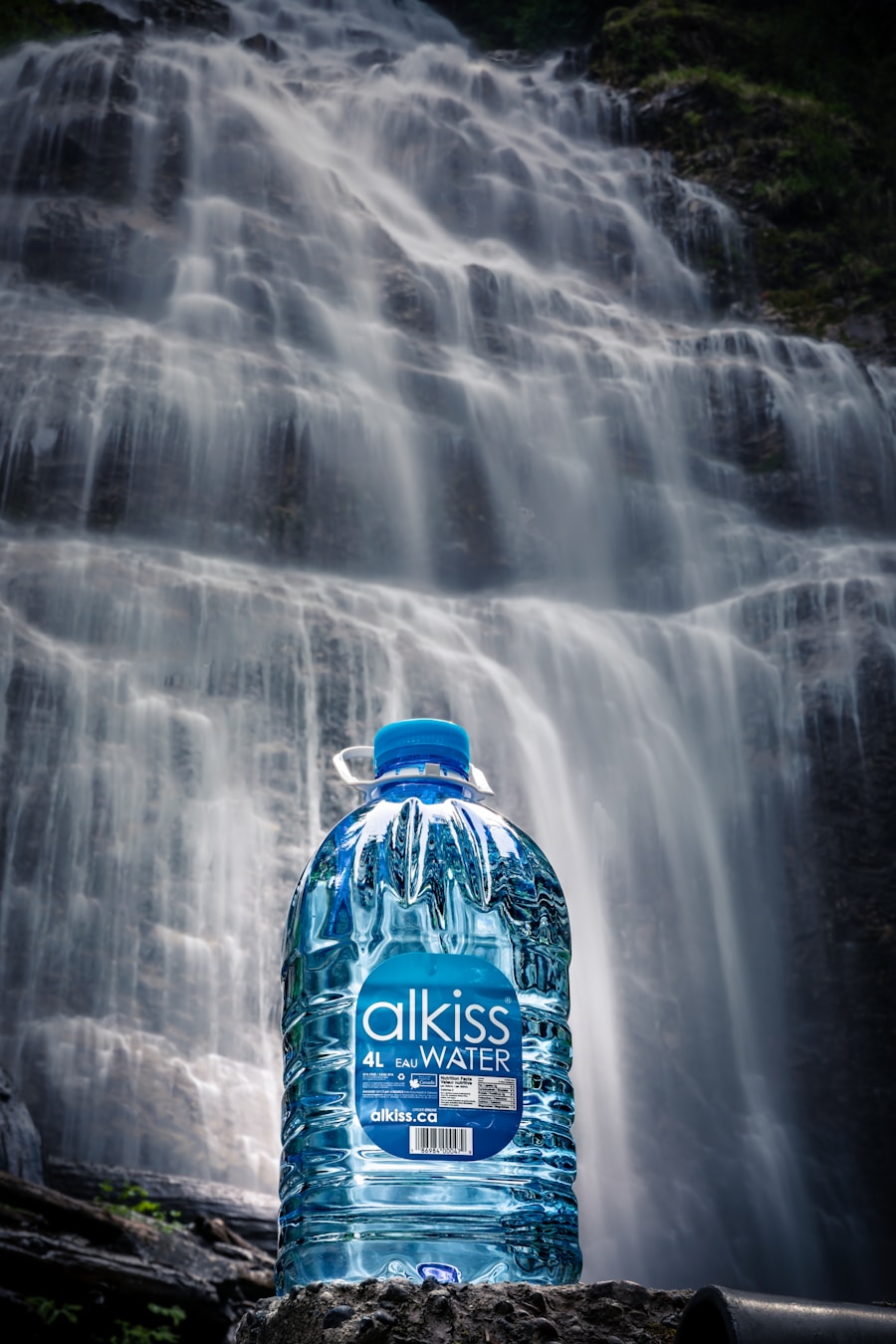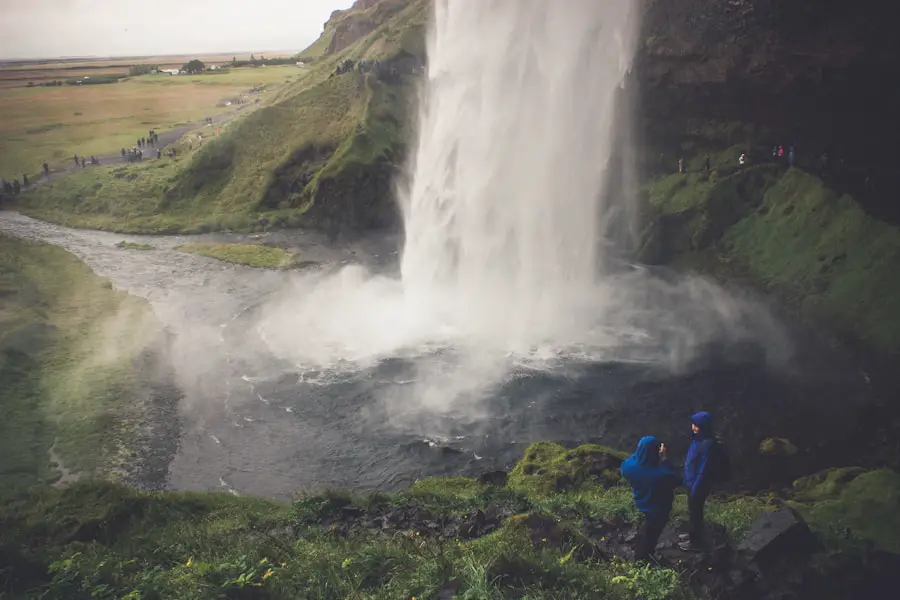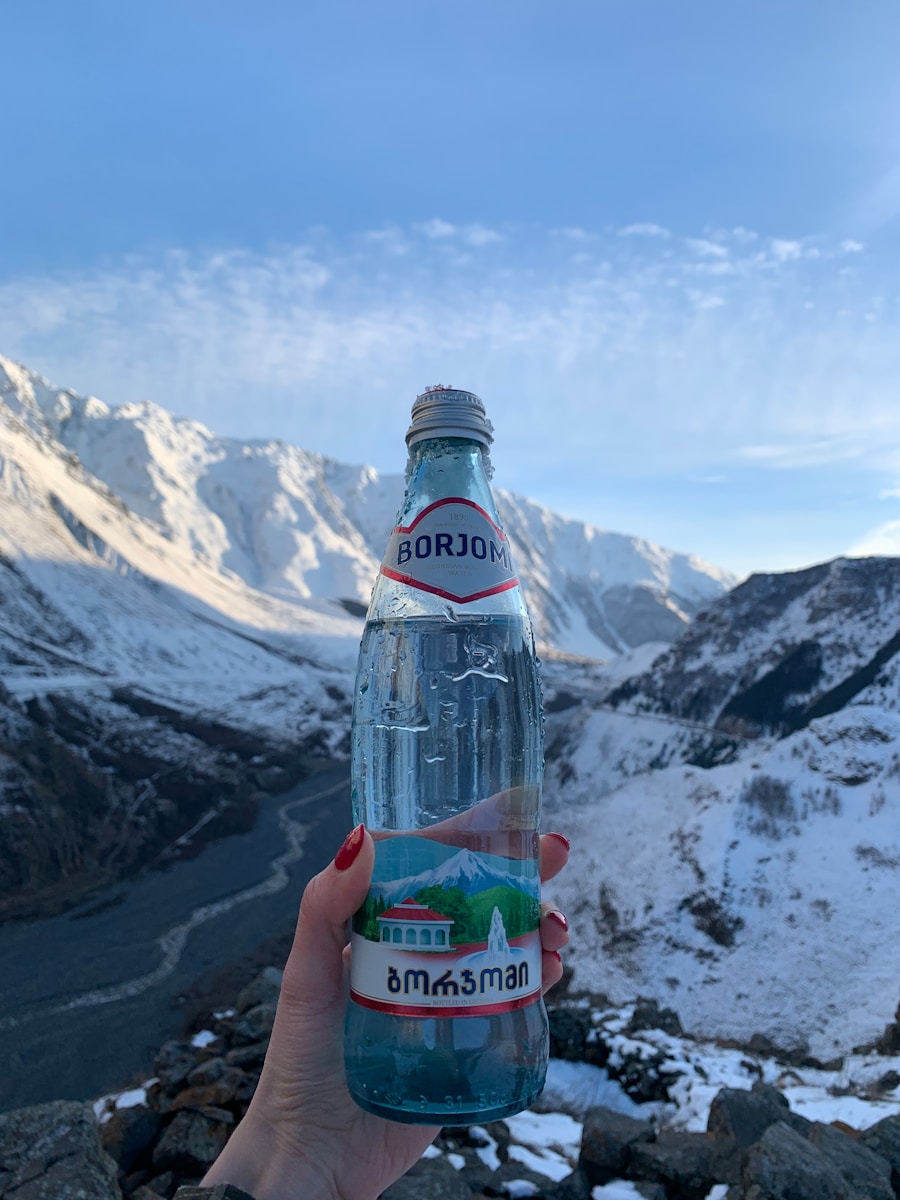When embarking on a hiking adventure in Iceland, one of the most critical considerations is the availability of water. The rugged terrain, characterized by volcanic landscapes, glaciers, and geothermal features, can make hydration a challenge. Water is not just a necessity for survival; it plays a vital role in maintaining energy levels and overall well-being during strenuous activities.
In Iceland, where the weather can change rapidly and trails can be long and demanding, having access to fresh water can mean the difference between a successful hike and a potentially dangerous situation. Moreover, the unique geological features of Iceland provide hikers with an opportunity to source water from natural springs and streams. These sources often contain minerals that can enhance hydration and provide a refreshing taste that bottled water cannot replicate.
Understanding the importance of finding water on hikes in Iceland goes beyond mere survival; it enriches the hiking experience, allowing adventurers to connect more deeply with the landscape. The thrill of discovering a hidden spring or a babbling brook can transform a challenging trek into an unforgettable journey through one of the world’s most stunning natural environments.
Key Takeaways
- Finding water on Icelandic hikes is crucial for staying hydrated and safe in the unpredictable and remote landscape.
- Natural springs and streams are the best sources of water in Iceland, and hikers should understand the landscape to locate them.
- Packing the right gear, such as water filtration systems, is essential for ensuring safe drinking water on hikes in Iceland.
- Safety precautions, such as purifying water before drinking, are necessary to avoid waterborne illnesses from natural sources.
- Discovering hidden water sources on Icelandic hikes can bring joy and a sense of adventure to the experience.
Understanding the Landscape: Where to Look for Natural Springs and Streams
Iceland’s diverse topography is a treasure trove for those seeking natural water sources. The country is dotted with numerous rivers, streams, and springs, many of which are fed by glacial meltwater or geothermal activity. When hiking in Iceland, it is essential to understand the landscape to identify where these water sources are likely to be found.
Generally, areas near glaciers or volcanic mountains are promising spots for locating fresh water. Glacial meltwater is particularly prized for its purity and crisp taste, making it a favorite among hikers. In addition to glacial areas, hikers should also pay attention to valleys and low-lying regions where water tends to accumulate.
These areas often host lush vegetation, which can be an indicator of nearby water sources. Streams that flow through valleys are typically fed by melting snow or rainwater, providing a reliable supply of fresh water. Furthermore, many hiking trails in Iceland are well-marked and often include information about nearby water sources.
Utilizing maps and local knowledge can significantly enhance the chances of finding clean water during hikes.
Packing the Right Gear: Water Filtration and Purification Methods

While Iceland offers an abundance of natural water sources, it is crucial for hikers to be prepared with the right gear for filtration and purification. Relying solely on the assumption that all natural water is safe to drink can lead to health risks. Therefore, investing in a reliable water filtration system is essential for any hiker venturing into the Icelandic wilderness.
Portable water filters come in various forms, including pump filters, gravity filters, and straw filters, each with its advantages depending on the hiking conditions. Pump filters are particularly effective for larger groups or longer hikes, as they allow hikers to filter significant amounts of water quickly. Gravity filters, on the other hand, are ideal for those who prefer a hands-off approach; they require minimal effort once set up.
Straw filters are compact and lightweight, making them perfect for day hikes where carrying extra gear is not feasible. In addition to filtration systems, hikers should also consider carrying purification tablets or UV light purifiers as backup options. These methods ensure that even if the water source appears clean, any potential contaminants are neutralized before consumption.
Safety Precautions When Drinking from Natural Water Sources
| Safety Precautions | Description |
|---|---|
| Boil the water | Boiling water for at least 1 minute can kill most bacteria and parasites |
| Use water purification tablets | Chemical tablets can effectively kill harmful microorganisms in the water |
| Use a water filter | A portable water filter can remove bacteria, parasites, and other contaminants from natural water sources |
| Avoid stagnant water | Stagnant water is more likely to contain harmful bacteria and parasites, so it’s best to find a flowing water source |
| Inspect the water source | Look for signs of pollution or contamination, such as dead animals or human waste, before drinking from a natural water source |
Drinking from natural water sources in Iceland requires caution and awareness of potential hazards. While many springs and streams may look pristine, they can harbor harmful microorganisms such as Giardia or Cryptosporidium, which can lead to gastrointestinal illnesses if ingested. To mitigate these risks, hikers should always filter or purify water before drinking, regardless of how clean it appears.
This precaution is especially important in areas frequented by wildlife, as animal feces can contaminate nearby water sources. Additionally, hikers should be mindful of their surroundings when sourcing water. Avoid drinking from stagnant pools or areas with visible pollution or debris.
Fast-flowing streams are generally safer than still waters because they are less likely to harbor harmful pathogens due to their movement. It is also advisable to collect water upstream from any potential contamination sources, such as campsites or animal trails. By taking these safety precautions seriously, hikers can enjoy the refreshing experience of drinking from nature while minimizing health risks.
The Joy of Discovering Hidden Water Sources on Icelandic Hikes
One of the most rewarding aspects of hiking in Iceland is the thrill of discovering hidden water sources along the trail. These unexpected finds can elevate an ordinary hike into an extraordinary adventure. Imagine trekking through a rugged landscape only to stumble upon a secluded spring surrounded by vibrant moss and wildflowers.
The sight of crystal-clear water bubbling up from the ground invites hikers to pause and appreciate the beauty of nature while replenishing their hydration. The joy of finding these hidden gems extends beyond mere practicality; it fosters a sense of connection with the environment. Each spring or stream has its own story, shaped by the geological forces that created it and the ecosystems that thrive around it.
Engaging with these natural features allows hikers to develop a deeper appreciation for Iceland’s unique landscape. Whether it’s filling up a water bottle at a remote waterfall or sipping from a mountain stream, these moments create lasting memories that enhance the overall hiking experience.
Connecting with Nature: The Spiritual and Therapeutic Benefits of Drinking from Natural Springs

Drinking from natural springs in Iceland offers more than just physical hydration; it provides spiritual and therapeutic benefits that can enhance one’s connection with nature. Many hikers report feeling rejuvenated after sipping fresh spring water, attributing this sensation to both the purity of the source and the serene environment surrounding it. The act of drinking directly from nature fosters mindfulness and encourages individuals to slow down and appreciate their surroundings.
The therapeutic effects of nature are well-documented; studies have shown that spending time outdoors can reduce stress levels and improve mental well-being. When hikers take a moment to drink from a natural spring, they engage in a ritual that connects them to the earth and its resources. This connection can evoke feelings of gratitude and reverence for the environment, promoting a sense of harmony with nature.
In Iceland’s breathtaking landscapes, where waterfalls cascade down cliffs and hot springs bubble beneath the surface, these moments become profound experiences that nourish both body and soul.
Respecting the Environment: Leave No Trace Principles for Water Collection
As hikers seek out natural water sources in Iceland, it is imperative to adhere to Leave No Trace principles to protect the environment. These guidelines emphasize minimizing human impact on natural areas, ensuring that future generations can enjoy the same pristine landscapes. When collecting water from springs or streams, hikers should avoid disturbing vegetation or wildlife habitats.
It is essential to approach water sources with care, using designated paths whenever possible to prevent soil erosion and damage to delicate ecosystems. Additionally, hikers should be mindful of their waste disposal practices when sourcing water. Carrying out any trash or leftover food is crucial in maintaining the cleanliness of natural areas.
If using filtration systems or purification tablets, ensure that any residual waste is disposed of properly rather than left behind at the site. By following these principles, hikers contribute to preserving Iceland’s breathtaking landscapes while enjoying the benefits of its natural resources responsibly.
Sharing the Experience: Encouraging Responsible Water Sourcing Practices among Hikers
The experience of hiking in Iceland is often enriched by sharing knowledge and practices with fellow adventurers. Encouraging responsible water sourcing practices among hikers fosters a culture of environmental stewardship within the hiking community. By discussing experiences related to finding clean water sources and sharing tips on filtration methods, seasoned hikers can help newcomers navigate this essential aspect of outdoor exploration.
Social media platforms and hiking forums provide excellent opportunities for sharing insights about responsible water sourcing practices. Hikers can post about their favorite springs or streams while emphasizing the importance of safety precautions and environmental respect. Organizing group hikes focused on education about sustainable practices can also create a sense of camaraderie among participants while reinforcing responsible behaviors in nature.
By collectively promoting awareness around water sourcing, hikers contribute to preserving Iceland’s natural beauty for future generations while enhancing their own outdoor experiences.
When hiking in Iceland, it is important to stay hydrated and know where to find water sources along the way. One helpful article on this topic is Best Carry-On Suitcase with USB Charger, can help keep your devices charged so you can easily access maps or other resources while hiking. For those who use a CPAP machine, the article Best Travel CPAP offers recommendations on portable options for a good night’s sleep while exploring Iceland’s stunning landscapes.
Love travel? Join Our Facebook Community
FAQs
What are the sources of water when hiking in Iceland?
There are several sources of water when hiking in Iceland, including streams, rivers, lakes, and natural springs. It is important to treat or filter water from these sources before drinking to avoid potential contaminants.
Is it safe to drink water from natural sources in Iceland?
While the water in Iceland is generally clean and safe to drink, it is still recommended to treat or filter water from natural sources to remove any potential contaminants. This is especially important in areas where there may be agricultural or human activity that could impact water quality.
Are there any specific precautions to take when collecting water in Iceland?
When collecting water in Iceland, it is important to choose sources that are free from visible contamination and to avoid areas where there may be agricultural or human activity. It is also recommended to treat or filter the water before drinking to ensure its safety.
What are some recommended water treatment methods for hiking in Iceland?
Common water treatment methods for hiking in Iceland include using water purification tablets, portable water filters, or boiling the water for at least one minute. These methods can help remove potential contaminants and make the water safe for drinking.
Are there any areas in Iceland where water may be scarce?
While Iceland has abundant water sources in many areas, there are some regions, particularly in the highlands, where water may be scarce. It is important to plan ahead and carry enough water or have the means to treat natural water sources in these areas.
